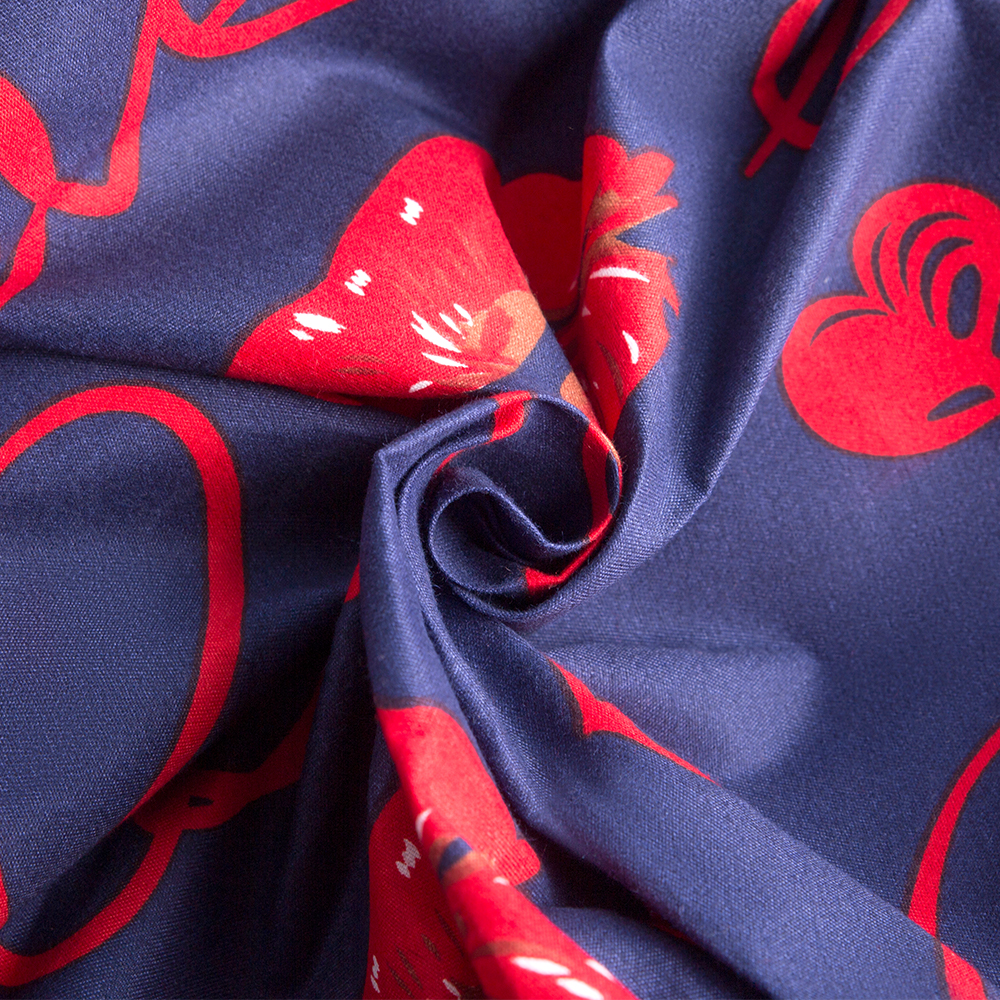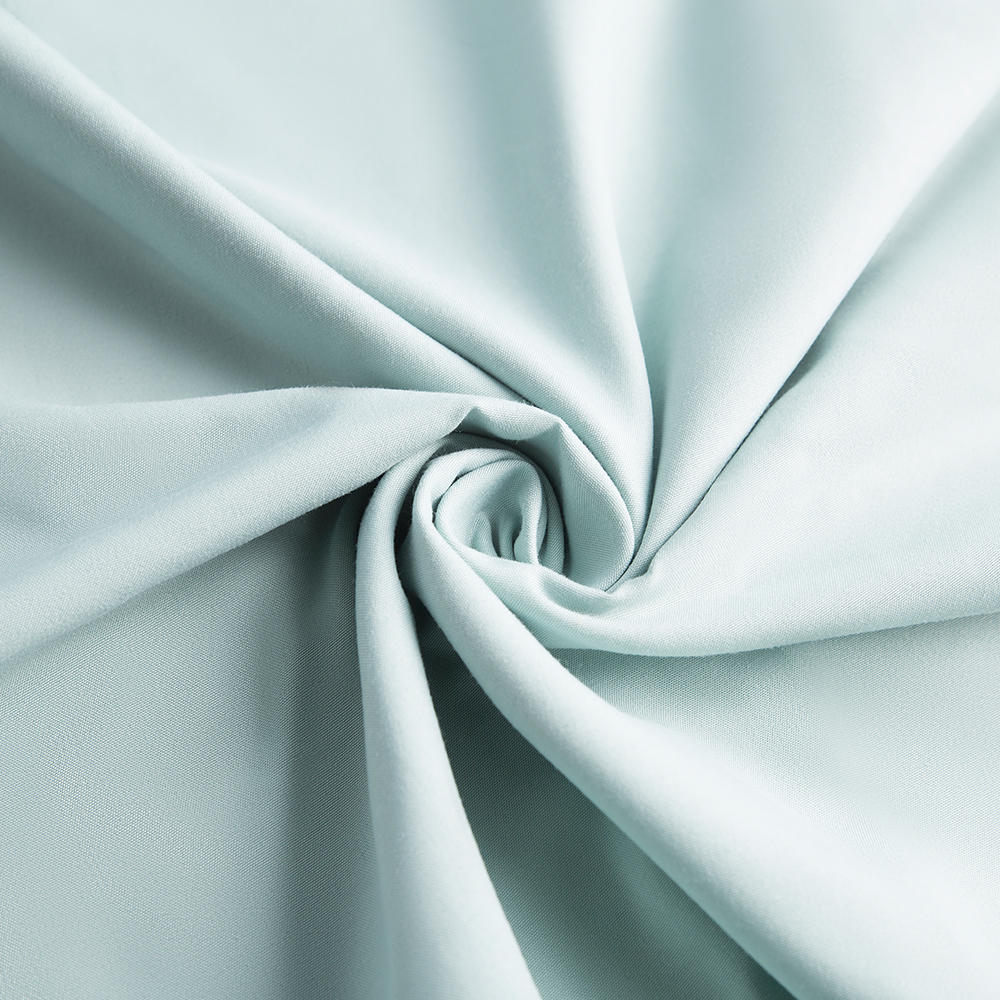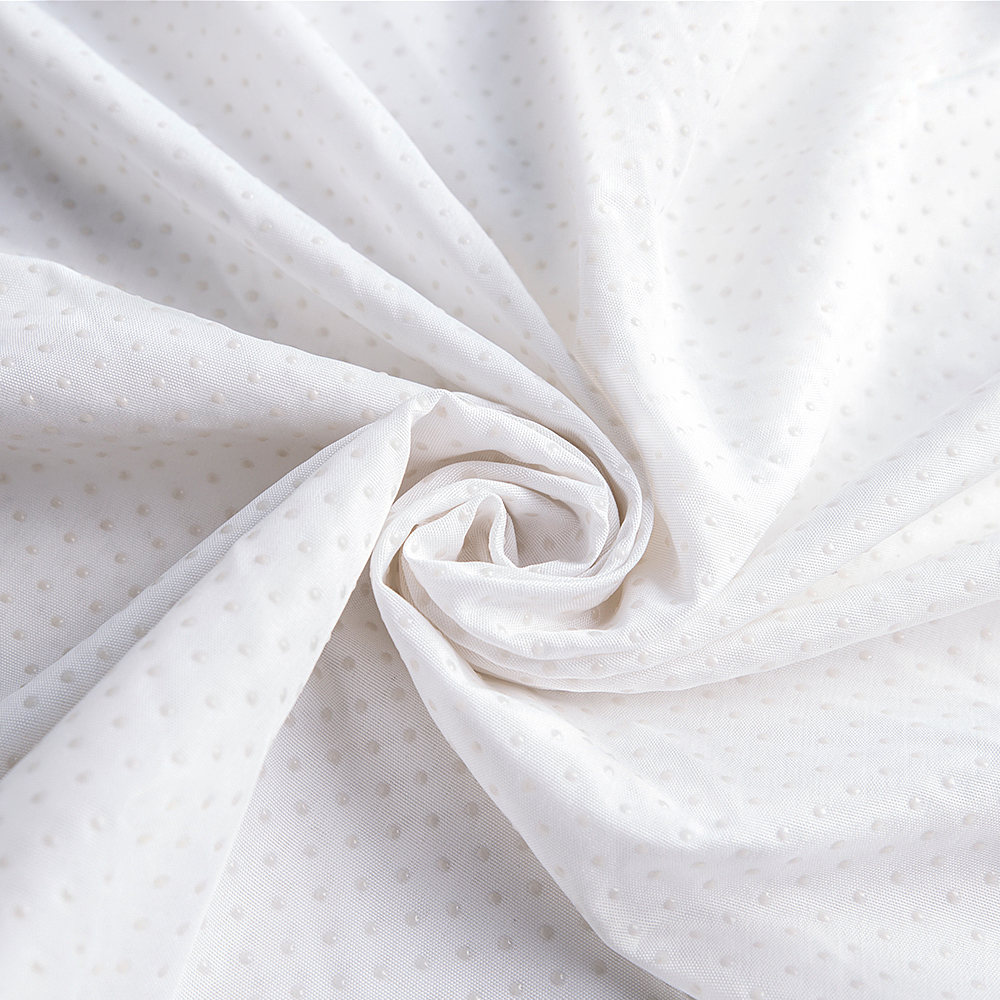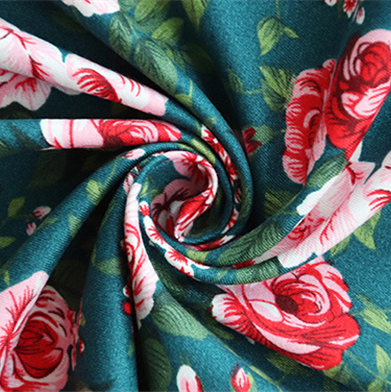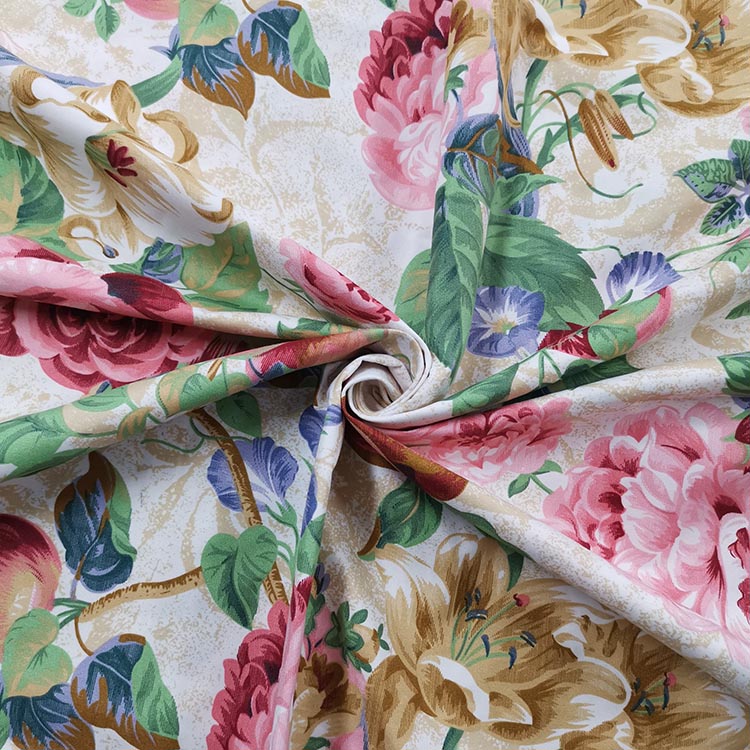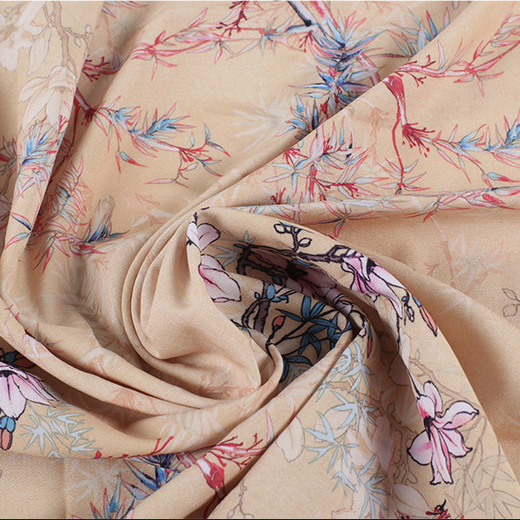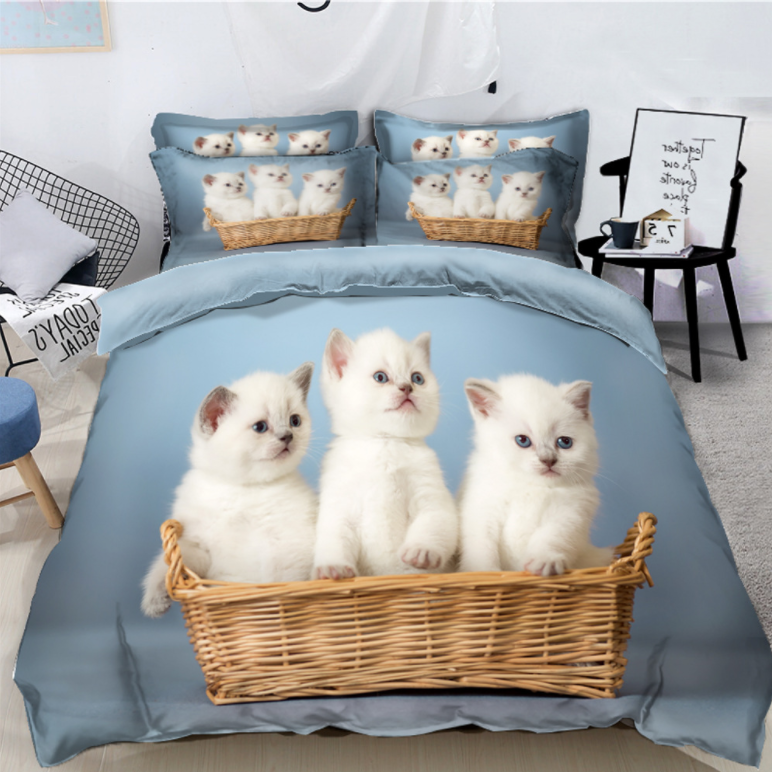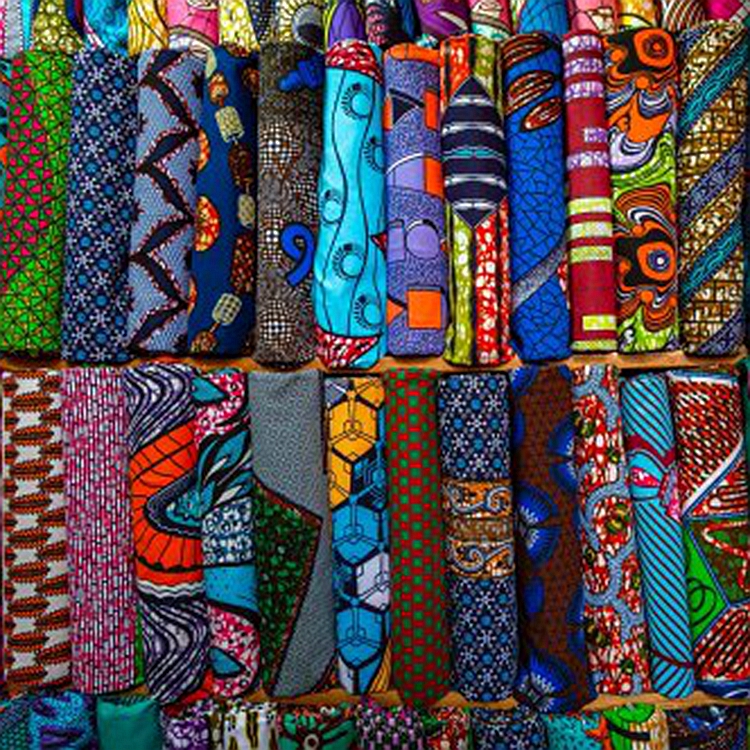Brushed fabric has become a popular choice in the world of textiles, appreciated for its soft texture, warm feel, and versatile appearance. Whether used in fashion, home textiles, or athletic wear, brushed fabrics offer a combination of comfort and functionality that suits a variety of needs. The brushing process enhances both the aesthetic and practical properties of the fabric, making it a favorite in garments meant for cooler seasons and cozy indoor environments.
In this article, we explore what brushed fabric is, how it is made, its advantages, and the many ways it is used across different industries and lifestyles.
What Is Brushed Fabric?
Brushed fabric refers to any textile that has undergone a mechanical brushing process to raise the surface fibers, creating a soft, fuzzy texture. This process is typically applied to fabrics made from cotton, polyester, wool, or blended fibers. The brushing is usually done after the fabric has been woven or knitted and dyed.
The purpose of brushing is not only to improve the tactile feel of the fabric but also to enhance warmth and comfort, as the raised fibers create insulating air pockets that trap body heat.
How Is Brushed Fabric Made?
The brushing process involves passing the fabric over a series of fine wire rollers or brushes that lift the short, loose fibers from the surface. Here's a simplified overview:
1. Fabric Preparation: The fabric is woven or knitted and then dyed or printed with the desired color or pattern.
2. Brushing Stage: The fabric is passed over wirecovered rollers that gently raise the surface fibers.
3. Finishing Touches: The fabric may then be heatset, calendered (pressed), or treated with softeners or antipilling finishes to improve performance.
The brushing can be done on one or both sides of the fabric, depending on the intended use. For example, flannel is often brushed on both sides for extra softness, while sweatshirt fleece might be brushed only on the inside.
Types of Brushed Fabric
Several types of fabric are commonly brushed, each with different characteristics:
Brushed Cotton: Lightweight, breathable, and ideal for shirts, pajamas, and bedding.
Brushed Fleece: Thick and warm, often used in hoodies and sweatpants.
Brushed Polyester: Durable and moisturewicking, frequently seen in athletic wear and jackets.
Brushed Wool: Luxurious and insulating, suitable for coats and scarves.
Brushed Jersey: Soft and stretchy, popular in tshirts and leggings.
Key Features and Benefits
Brushed fabric is known for several desirable qualities:
1. Softness
The brushing process creates a plush, velvetlike feel that enhances comfort, especially against the skin. This makes it ideal for clothing and bedding.
2. Warmth
Raised fibers trap heat effectively, making brushed fabrics excellent insulators. They are commonly used in winter garments and blankets.
3. Comfort
Brushed fabric drapes well, feels smooth, and often includes some stretch, making it easy to wear and move in.
4. Durability
Despite their soft surface, brushed fabrics—especially when made from synthetic blends—are durable and resist wear over time.
5. Moisture Control
Some brushed fabrics, particularly polyester or microfiber blends, wick away moisture, making them suitable for activewear and performance gear.

Common Uses of Brushed Fabric
Brushed fabrics are used in a wide range of products due to their comfort, insulation, and aesthetic appeal.
1. Apparel
Casualwear: Sweatshirts, joggers, and hoodies often use brushed fleece or cotton for warmth.
Shirts and Blouses: Brushed cotton flannel shirts are iconic for their softness and rustic look.
Athletic Wear: Brushed polyester or brushed spandexblend fabrics are used in leggings, tops, and training gear.
Sleepwear: Pajamas and robes made from brushed fabrics provide comfort and insulation at night.
2. Home Textiles
Bedding: Brushed cotton or microfiber sheets and duvet covers offer softness and warmth, especially for colder seasons.
Throws and Blankets: Cozy, brushed fabrics are ideal for curling up on the couch or adding a warm layer to a bed.
Curtains and Upholstery: Brushed fabric may be used for a soft, matte finish that adds elegance to interiors.
3. Outerwear
Jackets and Coats: Brushed linings provide insulation without bulk.
Scarves and Gloves: Brushed wool or synthetic fabrics are warm and pleasant to wear in cold weather.
Care and Maintenance
While brushed fabric is generally easy to care for, a few considerations help maintain its softness and appearance:
Wash Gently: Use a mild detergent and a gentle cycle to preserve the brushed surface.
Avoid High Heat: Excessive heat in washing or drying can damage the raised fibers.
Air Dry or Tumble Low: Air drying is ideal, but a low tumble setting is also safe for most brushed textiles.
Minimize Pilling: Avoid overwashing and consider using a fabric shaver if pills develop over time.
Always refer to the care label instructions specific to the fabric blend and application.
Sustainable Options
With increasing demand for environmentally friendly products, many manufacturers now offer ecoconscious brushed fabrics:
Organic brushed cotton
Recycled polyester fleece
Lowimpact dye processes
These options reduce environmental impact while still delivering the comfort and function consumers expect.
Conclusion
Brushed fabric is a prime example of how simple textile finishing techniques can dramatically enhance comfort, appearance, and performance. Whether in a soft flannel shirt, a cozy fleece blanket, or a breathable pair of leggings, brushed fabrics add a layer of luxury and practicality to everyday life.
Their versatility across seasons, applications, and fashion trends ensures that brushed fabrics will continue to be a staple in both the textile industry and our wardrobes. From winter warmth to gentle softness, brushed fabric proves that sometimes, the smallest finishing touches make the biggest difference.





 English
English
 中文简体
中文简体

